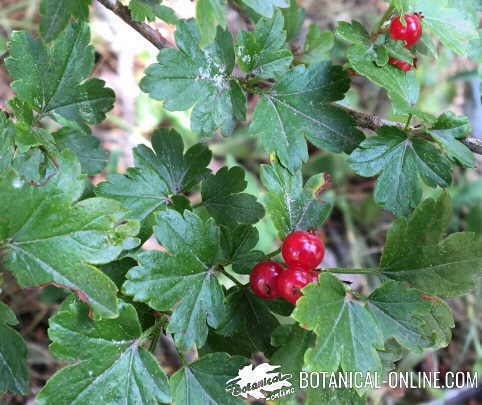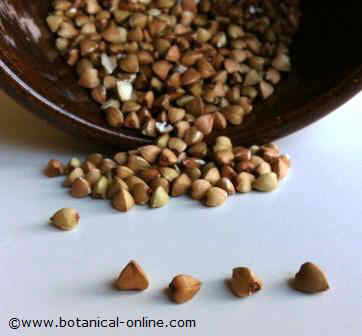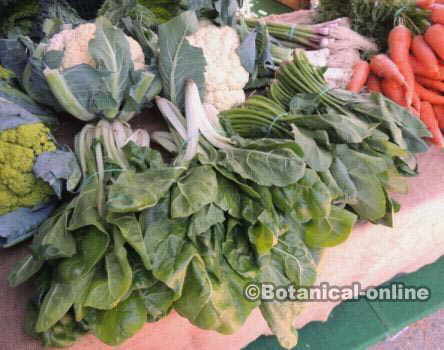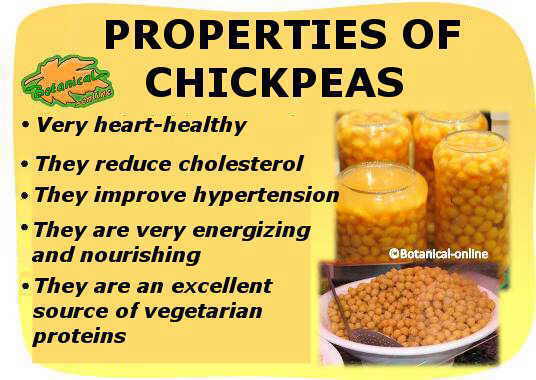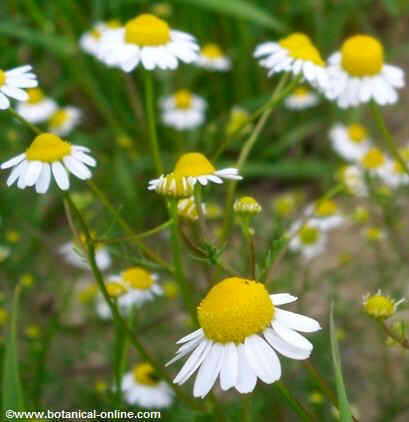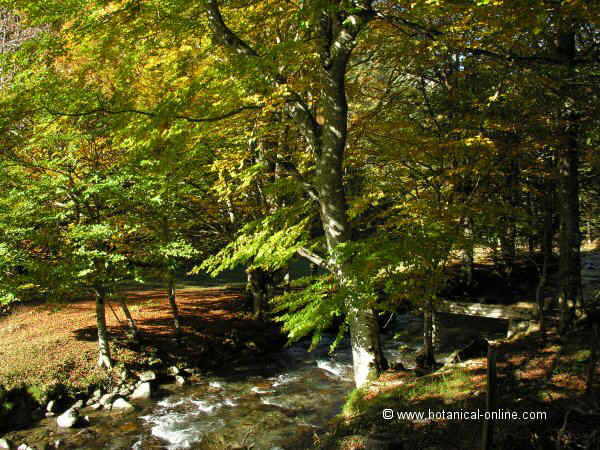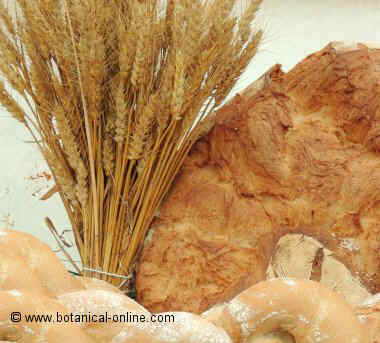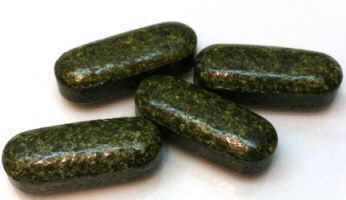Contents
Cultivation of Pyrus communis
Pear tree care
Pears (Pyrus spp.) are trees from the Rosaceae family, the same one to which apple trees, quinces, or European loquats belong.
There are more than 20 species of pears, including European, Asian and North African species. Furthermore, different varieties of pears are derived from each type of pear tree. They
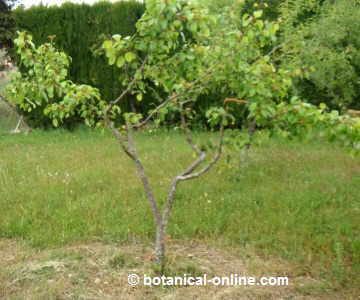
are long-lived trees.
Characteristics of pears
Pear trees (Pyrus ssp.) are medium-sized trees, between 3 and 9 meters high, with a wide and rounded crown. It has an erect trunk, gray in color with the bark covered with cracks. Ovate leaves up to 10 cm with a glossy dark green upper side and glabrous.
Pinkish or white flowers, up to 1.5 cm, and appear gathered in corymbs of 3 to 7. Edible fruit, known as pear. It is a fleshy fruit (pome), with a smooth and thin skin.
It has a characteristic shape with the part of the petiole generally narrower than the opposite part, which is usually convex. Its very common shape has given it the name pyriform in botany, named after that fruit that is reminiscent of the shape of a pear. The flesh of pears is soft and inside are the seeds.
Climate, location, temperature and growing conditions
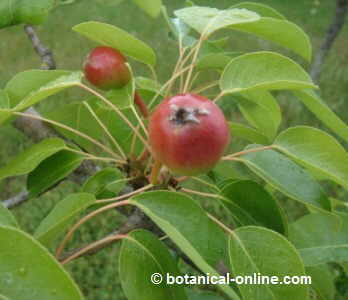
A pear tree is a tree from temperate climates. It requires warm summer temperatures for pears to ripen. Frost can compromise the fruit harvest. In general, pear trees resist humidity better than apple trees.
It prefers to grow in full sun, although it has been successfully cultivated in semi-shade or shade. Locate in a place protected from strong winds.
- This tree tolerates drought and atmospheric pollution.
Type of soil for pear trees
It tolerates a wide variety of soil types, as long as they are moderately fertile and rich in organic matter. It prefers deep, well-drained soil rich in organic matter. The soil pH is recommended as basic, between 6-7, although it can also grow in slightly acidic or neutral soils. Soils that are too acidic are not recommended. (They cause a reduction in the size of the fruits or anomalies in them).
It is recommended to fertilize the soil with organic fertilizers once a year or every 2 years, depending on the type of soil. A homemade way to fertilize is by discarding the water used to boil spinach or other vegetables on the tree (after cooling), since this broth is rich in potassium. Using too many organic or inorganic fertilizers can cause fire blight (see pear tree pests at the end of this page).
In general, pear trees tolerate clay soils and poor drainage better than other types of fruit trees.
Irrigation of pear trees
First watering after planting in final soil (5 – 10 liters per plant, depending on the type of soil – avoid waterlogging).
It should be watered regularly to prevent the tree from drying out. However, studies show that water stress after flowering can produce smaller fruits. Therefore, it is not recommended to water excessively once the pear tree has bloomed.
Pear tree propagation and cultivation
Trees are normally reproduced by grafting. Quince or pear rootstocks are generally used. A minimum distance of 3 meters between trees must be maintained. Add an organic mulch to the tree after planting.
Reproduction by seeds is not common.
Pear tree pruning
- The pear tree needs pruning to develop a strong structure and to increase fruit production. The first pruning consists of pruning the young tree 80 cm. above the soil to favor the development of 2 main branches. Once these have developed, we will proceed to prune the shoots of the secondary branches.
- It is carried out after harvest during the three – four years after planting.
- From the fifth year onwards, only those branches that grow inward, twigs that are too close together or double, and dry or diseased branches should be pruned.
Pests and diseases of pear trees
- Fire blight (Erwinia amylovora): It is one of the main diseases that can attack pear trees, as well as other fruit trees such as apple trees. Fire blight is produced by bacteria of the genus Erwinia. It causes wilting of branches, leaves and fruits, without them falling from the tree. If it is not eradicated quickly, it can spread and cause serious damage to crops. There is specific legislation and methods of action for this pest, which in some cases has caused significant economic losses.
- Codling moth (Cydia pomonella): The larvae attack the fruit, which they consume from the inside. The greatest danger occurs from January to March, when the fruits begin to form and when this pest is most favorable.
- Fruit fly
![]() More information on the nutritional value of pears
More information on the nutritional value of pears

